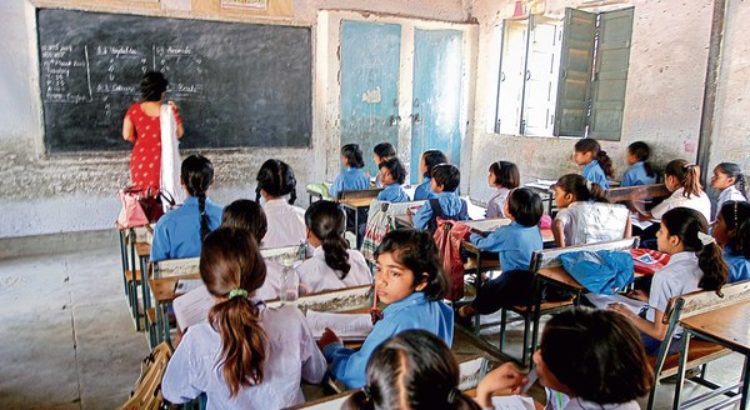Asia/ China/ 19.11.2019/ Source: karmaimpact.com.
China’s push to become a world tech power, which has paid off with advances in telecommunications, batteries and robots, is yielding further results — it’s taken a leadership position in A.I. powered education investments.
The country is among the most-active regions for artificial intelligence-powered edtech investments, with K-12 classes, foreign language study and high-quality education getting the most attention, according to a Deloitte report released this week. Almost 20% of all education deals in the country last year involved AI compared with 4% in 2016, Deloitte said.
“Although China is a late-comer in AI-based education, its unique advantages in application and implementation make it one of the most popular regions for investment in AI-based education globally,” the report said.
The report singled out what it sees as the next big opportunity in edtech: so-called soft skill-focused “quality education,” similar to the west’s STEAM model, which adds art to the original emphasis on science, technology, engineering and math. The segment has developed with state support, the report said.
“AI-based quality education is becoming the blue ocean for investment,” the report said.
Globally, the U.S. and China are the two hotspots of edtech investments. More than 95% of AI edtech investments from 2016 through the first quarter of this year were in the two countries, according to the report. Chinese companies scored $63.2 billion in 170 deals, compared with $154.2 billion in 54 U.S. investments.
- Machine learning with emotion and facial recognition abilities is rapidly advancing “quality education.” Most of the investments in the “quality education” area have been in the round A stage, Deloitte said.
- Companies focused on K-12 are the most mature and attract the most investments. They scored 50 deals in 2018, according to the report.
- With support from China’s government, such as 2018’s Education Informationization 2.0 Action Plan, the area of “academic affairs administration” is also gaining investments. Academic affairs administration focuses on such topics as smart class-scheduling and homework platforms.
- Potential investors in the AI-based edtech sector will see a divergence occurring in China, with industry leaders like Tencent preferring to back companies that are in their growth stages while VC/PE investors such as ZhenFund and Sequoia Capital focus more on cutting-edge technologies. Established education companies including New Oriental and TAL Education are focusing more on mergers and acquisitions, Deloitte said.
Source of the notice: https://karmaimpact.com/china-sees-surge-of-edtech-investments-with-focus-on-artificial-intelligence/


















 Users Today : 10
Users Today : 10 Total Users : 35460027
Total Users : 35460027 Views Today : 18
Views Today : 18 Total views : 3418649
Total views : 3418649